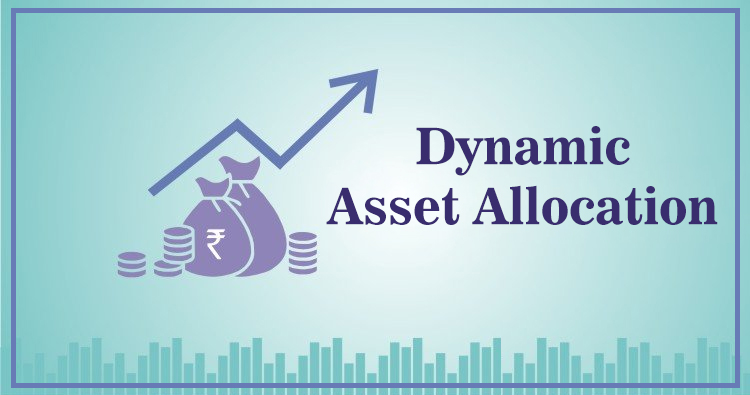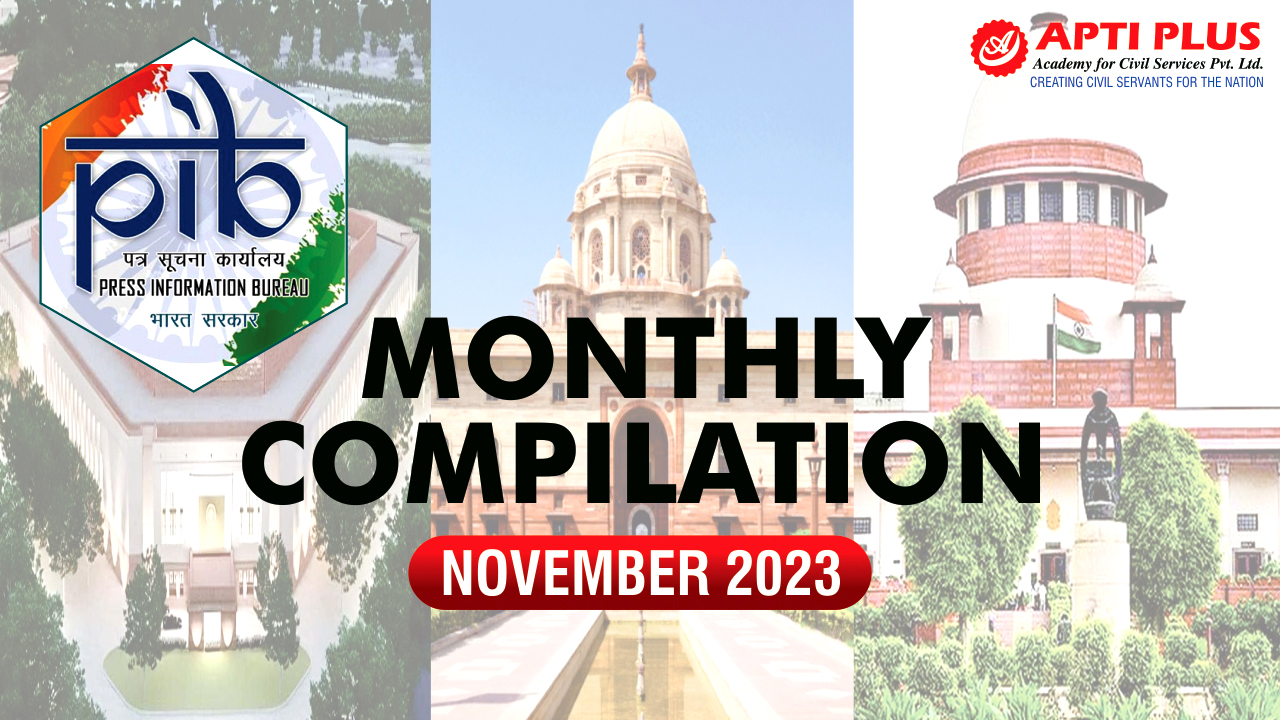Description

Copyright infringement not intended
Picture Courtesy: ancbrs.com
Context: PPFAS Mutual Fund, one of the most respected asset management companies in India, has recently applied to SEBI to launch a new open-ended dynamic asset allocation scheme.
About the dynamic asset allocation scheme
- A dynamic asset allocation scheme, also known as a balanced advantage fund, is a type of hybrid fund that invests in a mix of equity and debt instruments.
- The fund manager adjusts the allocation between equity and debt based on various market indicators, such as valuation, momentum, macroeconomic factors, etc.
- The aim is to capture the upside potential of equity markets while reducing the downside risk by shifting to debt when equity markets are overvalued or volatile.
Why is this category popular?
- Dynamic asset allocation or balanced advantage funds are one of the most popular categories in the Indian mutual fund industry.
- The popularity of this category can be attributed to its ability to offer a balanced exposure to equity and debt markets, which can suit investors with moderate risk appetite and long-term investment horizon.
- These funds can also offer tax efficiency, as they are treated as equity funds for taxation purposes if they invest at least 65% of their assets in equity and equity-related instruments.

Proposed scheme by PPFAS Mutual Fund
- According to the draft offer document filed with SEBI, the proposed scheme by PPFAS Mutual Fund will be called Parag Parikh Dynamic Asset Allocation Fund.
- It will invest 0-100% of its assets in equity and equity-related instruments, including derivatives, and 0-100% of its assets in debt and money market instruments, including securitized debt.
- It will also have the flexibility to invest up to 35% of its assets in units of real estate investment trusts (REITs) and infrastructure investment trusts (InvITs).
- It will follow a value-oriented approach to select equity investments, with a focus on companies that have sustainable business models, competitive advantages, strong corporate governance and reasonable valuations.
- It will also have a global diversification strategy, as it can invest up to 35% of its assets in foreign securities, including American Depository Receipts (ADRs), Global Depository Receipts (GDRs), exchange-traded funds (ETFs) and overseas mutual funds.
- It will use a quantitative model to determine the optimal allocation between equity and debt, based on various parameters such as price-to-earnings ratio, price-to-book value ratio, dividend yield, interest rate, inflation rate, etc.
- The minimum investment amount for the scheme will be Rs 1,000 for a lump sum and Rs 500 for a systematic investment plan (SIP).
What are the benefits of investing in this scheme?
The proposed scheme by PPFAS Mutual Fund can offer several benefits to investors who are looking for a balanced and diversified portfolio that can adapt to changing market conditions. Some of the benefits are:
- The scheme can offer exposure to both domestic and global equity markets, which can enhance the return potential and reduce the concentration risk.
- The scheme can offer exposure to REITs (Real Estate Investment Trusts) and InvITs (Infrastructure Investment Trusts), which can provide regular income and capital appreciation from real estate and infrastructure sectors.
- The scheme can offer tax efficiency, as it will be classified as an equity fund for taxation purposes.
- The scheme can offer lower volatility and downside protection by adjusting the equity-debt mix based on market indicators.
- The scheme can offer professional fund management by experienced and qualified fund managers who have a proven track record of delivering superior risk-adjusted returns.

Conclusion
- The scheme is yet to receive approval from SEBI and launch its new fund offer (NFO). Once the NFO is announced, investors can apply for the scheme through online or offline modes.
Must Read Articles:
Securities and Exchange Board of India (SEBI): https://www.iasgyan.in/daily-current-affairs/securities-and-exchange-board-of-india-sebi
Mutual Fund: https://www.iasgyan.in/daily-current-affairs/mutual-fund
|
PRACTICE QUESTION
Q. Sarah is considering investing in a mutual fund. She wants a fund that provides high returns in the long run but also has a low expense ratio. Which type of mutual fund would best suit her needs?
A) Index Fund
B) Actively Managed Fund
C) Sector Fund
D) Hedge Fund
Answer: A
Explanation:
A) Index Fund - Correct. Index funds typically have low expense ratios and aim to match the performance of a specific market index, offering consistent returns over time.
B) Actively Managed Fund - Actively managed funds may offer potentially higher returns but often have higher expense ratios due to active management.
C) Sector Fund - These funds focus on specific sectors, which may not align with Sarah's goal of diversified long-term returns.
D) Hedge Fund - Hedge funds are not usually accessible to average investors and have different investment strategies that may not align with Sarah's preferences for long-term growth with low expenses.
|








